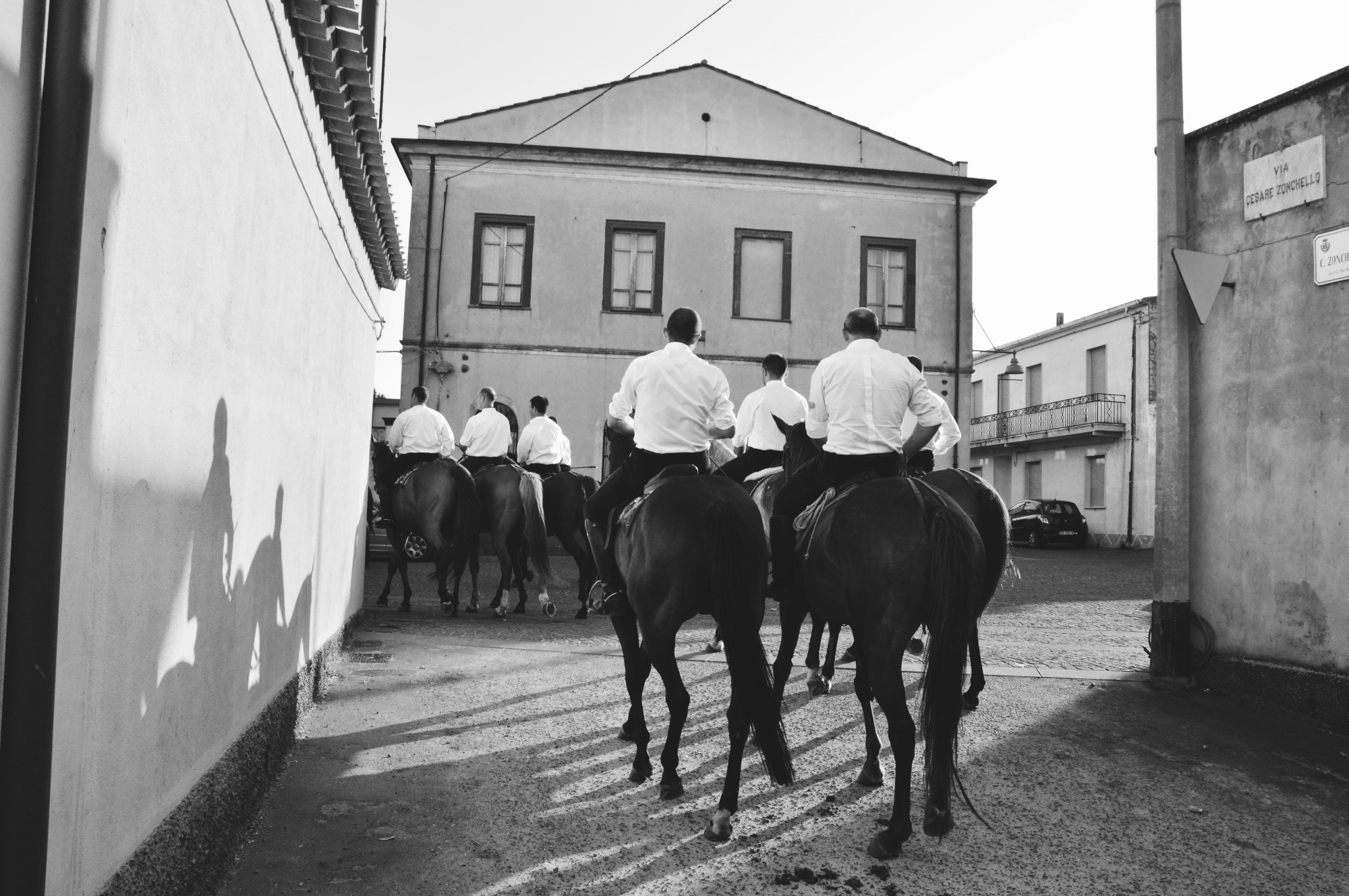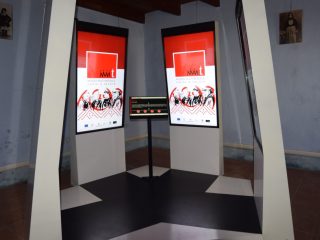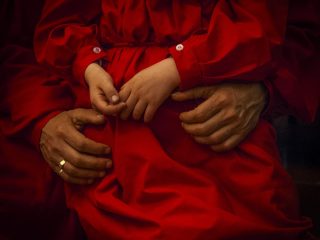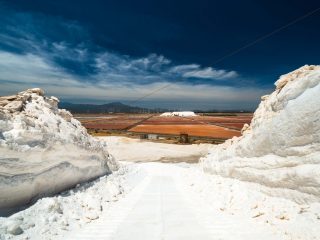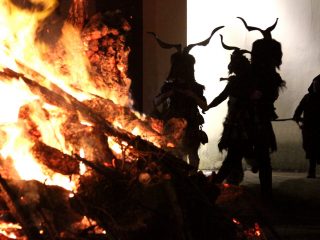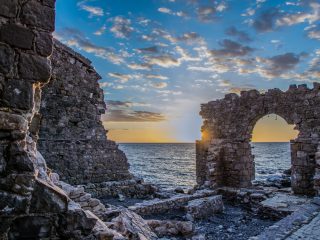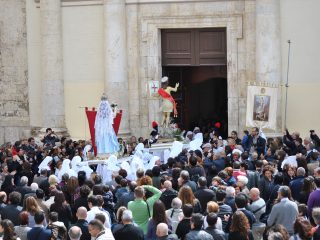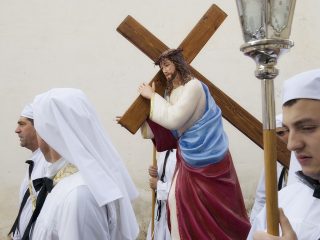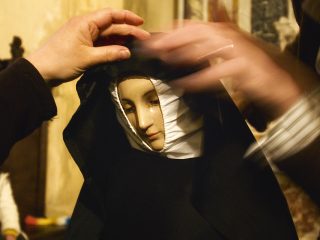S’Ardia (that is “the Protector”) is held each year in Sedilo between 6 and 7 July.
The celebration appears to originate from the battle of Ponte Milvio in 312 A.D.; according to legend, on the eve of the battle, Costantino saw a cross in a dream with the words “In hoc signo vinces” (you will win with this symbol) written on it. After having this vision, Costantino apparently came up with the idea of a red standard with a cross on it which led him to victory against Massenzio. After becoming emperor, Costantino conceded freedom of worship to the citizens of the Roman empire, becoming promoter of the triumph over pagan worship and the success of Christianity.
Originally, the celebration alternated between the villages of Scano Montiferro and Sedilo, but since 1806 it has always been held in Sedilo. In addition, only those resident in Sedilo can take part in the race.
The key figure in the Ardia is the leader, that is, the “Pandela prima” (first standard), who is selected from a list drawn up years earlier and scrupulously guarded by the parish priest of Sedilo, who appoints the leader on the Feast of Sant’Antonio on 16 January. The first pandela is entrusted with appointing his two horsemen, “sa Segunda” and “sa Terza Pandela” and the “Iscortas”, the bodyguards.
On 6 July, after mass, the priest hands over the blessed standards (sas Pandelas) to the horsemen, the first one yellow-gold, the second one red and the third one white. The three pandele represent Costantino’s army, which will need to clash with Massenzio’s army, represented by around one hundred horsemen. The reserves are given red covered rods; the role of the iscortas is to prevent Massenzio’s horsemen overtaking sas pandelas, which would mean the victory of paganism over Christianity; in order to stop this happening, they can even hit their enemies with the rods.
In the afternoon, the procession from the town centre as far as su Frontigheddu begins; in this small valley next to the Saint’s sanctuary, blank shots are fired by the riflemen and the horse race gets under way. S’Ardia heads downhill as far as the triumphal arch access to “sa Corte”, the enclosure around the sanctuary. They then go round this seven times anti-clockwise.
Spectators who have come to watch the race are also positioned around this enclosure. The horsemen then reach “sa Muredda”, a circular wall around a cross symbolising the labarum, Costantino’s war standard. The horsemen ride around the cross three times clockwise and then another three times anti-clockwise and then carry on with the race as far as the sanctuary, where solemn mass is celebrated before returning to the town.
S’Ardia is repeated in the same fashion the following morning and a few days later, the ardia on foot is celebrated, along the same route.
On the feast days around the sanctuary of San Costantino Imperatore, stands are set up with typical Sardinian sweets, artisan products, with wine, fish and roasted meat tastings. All this is accompanied by folk music and dancing. S’Ardia is now an event well-known even off the island and attracts tourists from all over Italy and abroad.


